The first thing to understand about mold is that there is a little mold everywhere – indoors and outdoors. It’s in the air and can be found in plants, foods, dry leaves, and other organic materials. It’s very common to find mold in homes and buildings. After all, mold grow naturally indoors. And mold spores enter the home through doorways, windows, and heating and air conditioning systems. Spores also enter the home on animals, clothing, shoes, bags, and people.
When mold spores drop where there is excessive moisture in your home, they will grow. Common problem sites include leaky roofs, water infiltration through walls, plumbing, heating and air conditioners, overflowing sinks, bathtubs and plant pots, steam from cooking, wet clothes drying indoors, dryers exhausting indoors, or where there has been flooding.
Many of the building materials for homes provide suitable nutrients for mold, helping it to grow. Such materials include paper and paper products, cardboard, ceiling tiles, wood and wood products, dust, paints, wallpaper, insulation materials, drywall, carpet, fabric, and upholstery.
Your Evolv inspector can check your basement, crawl spaces, attic, carpet and more for potentially hazardous mold. If mold is suspected, samples can be collected and analyzed to confirm the extent of the contamination and determine necessary remediation.
(800) 420-7075
careers@evolvinspections.com
